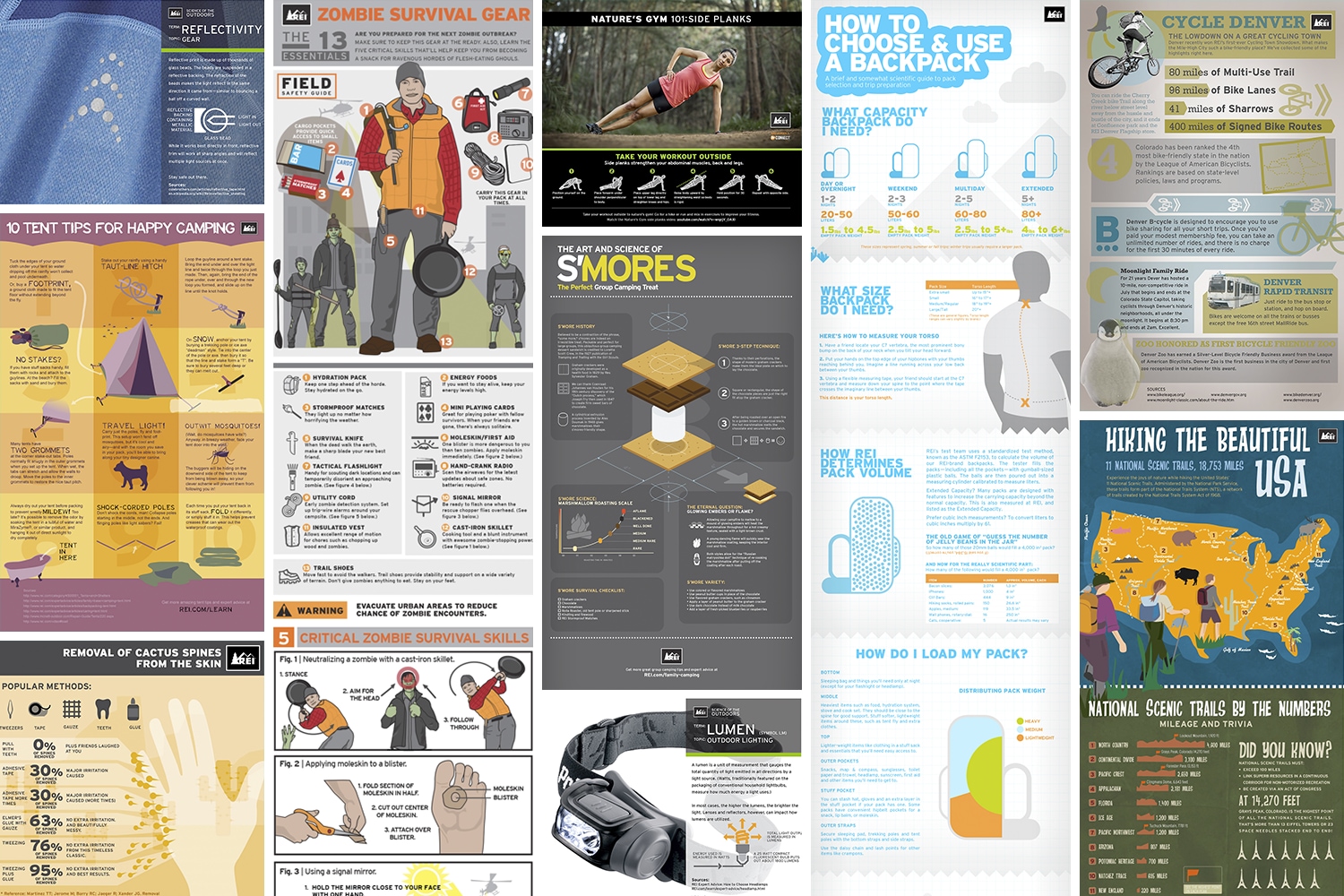The Trade Off Between Portability And Durability
Winter Camping - Guy Line Anchors in SnowWintertime camping is an enjoyable and adventurous experience, yet it needs proper equipment to ensure you remain warm. You'll require a close-fitting base layer to trap your temperature, along with a protecting jacket and a water-proof shell.
You'll likewise need snow stakes (or deadman anchors) hidden in the snow. These can be linked making use of Bob's creative knot or a routine taut-line hitch.
Pitch Your Camping tent
Winter season camping can be an enjoyable and daring experience. Nonetheless, it is very important to have the appropriate gear and know just how to pitch your outdoor tents in snow. This will certainly stop chilly injuries like frostbite and hypothermia. It is also important to consume well and remain hydrated.
When setting up camp, make sure to pick a website that is protected from the wind and without avalanche danger. It is additionally an excellent idea to pack down the location around your outdoor tents, as this will help reduce sinking from temperature.
Prior to you set up your tent, dig pits with the very same dimension as each of the anchor factors (groundsheet rings and person lines) in the center of the tent. Load these pits with sand, rocks or even things sacks full of snow to small and secure the ground. You might likewise want to take into consideration a dead-man support, which involves linking camping tent lines to sticks of wood that are hidden in the snow.
Pack Down the Area Around Your Outdoor tents
Although not a requirement in most locations, snow stakes (also called deadman supports) are an outstanding enhancement to your camping tent pitching kit when outdoor camping in deep or compressed snow. They are basically sticks that are created to be buried in the snow, where they will certainly freeze and create a solid anchor factor. For best outcomes, utilize a clover drawback knot on the top of the stick and bury it in a few inches of snow or sand.
Establish Your Tent
If you're camping in snow, it is an excellent idea to make use of a camping tent made for wintertime backpacking. 3-season tents function fine if you are making camp listed below tree line and not anticipating especially extreme weather, however 4-season tents have tougher poles and materials and offer even more protection from wind and hefty snowfall.
Be sure to bring appropriate insulation for your sleeping bag and a warm, completely dry inflatable floor covering to sleep on. Inflatable floor coverings are much warmer than foam and help stop cold areas in your outdoor tents. You can likewise include an extra floor covering for resting or cooking.
It's additionally a good concept to establish your camping tent near a natural wind block, such as a group of trees. This will certainly make your camp much more comfy. If you can not discover a windbreak, you can develop your own by digging openings and burying items, such as rocks, outdoor tents stakes, or "dead man" anchors (old outdoor tents guy lines) with a shovel.
Restrain Your Outdoor tents
Snow stakes aren't needed if you make use of the best strategies to anchor your camping tent. Hidden sticks tent stakes (possibly collected on your technique walk) and ski poles work well, as does some variation of a "deadman" hidden in the snow. (The idea is to produce a support that is so strong you won't have the ability to draw it up, even with a lot of initiative.) Some suppliers make specialized dead-man anchors, however I like the simpleness of a taut-line hitch connected to a stick and after that hidden in the snow.
Be aware of the terrain around your camp, particularly if there is avalanche threat. A branch that falls on your outdoor tents could damage it or, at worst, harm you. Additionally be wary of pitching your tent on a slope, which can catch wind and bring about collapse. A protected area with a low ridge or hill is much better than a high gully.
